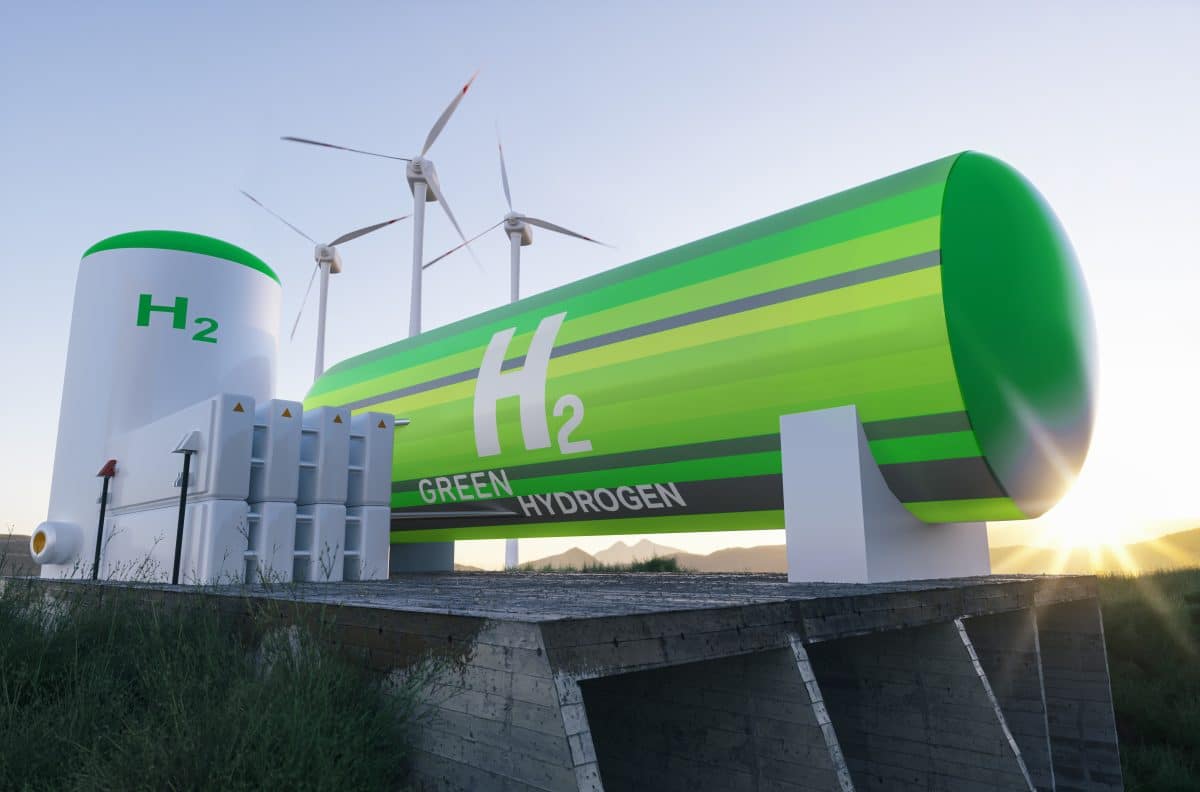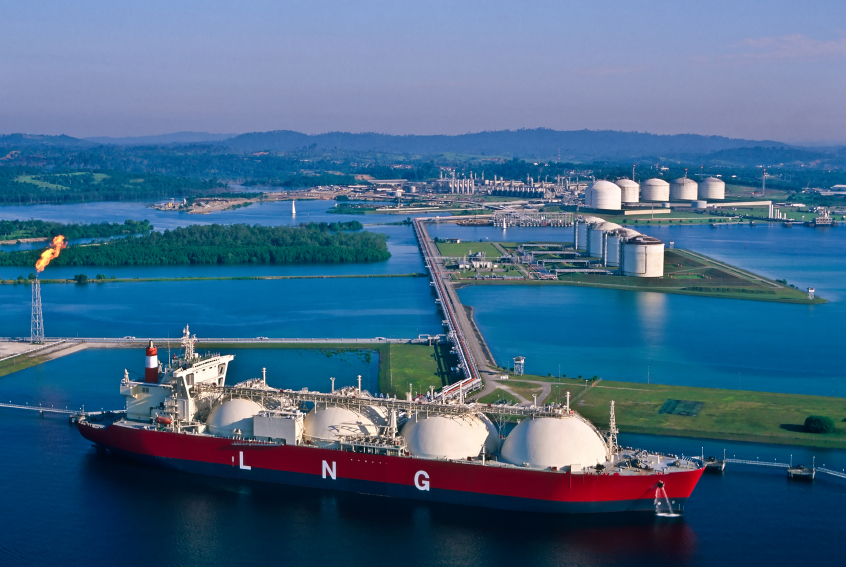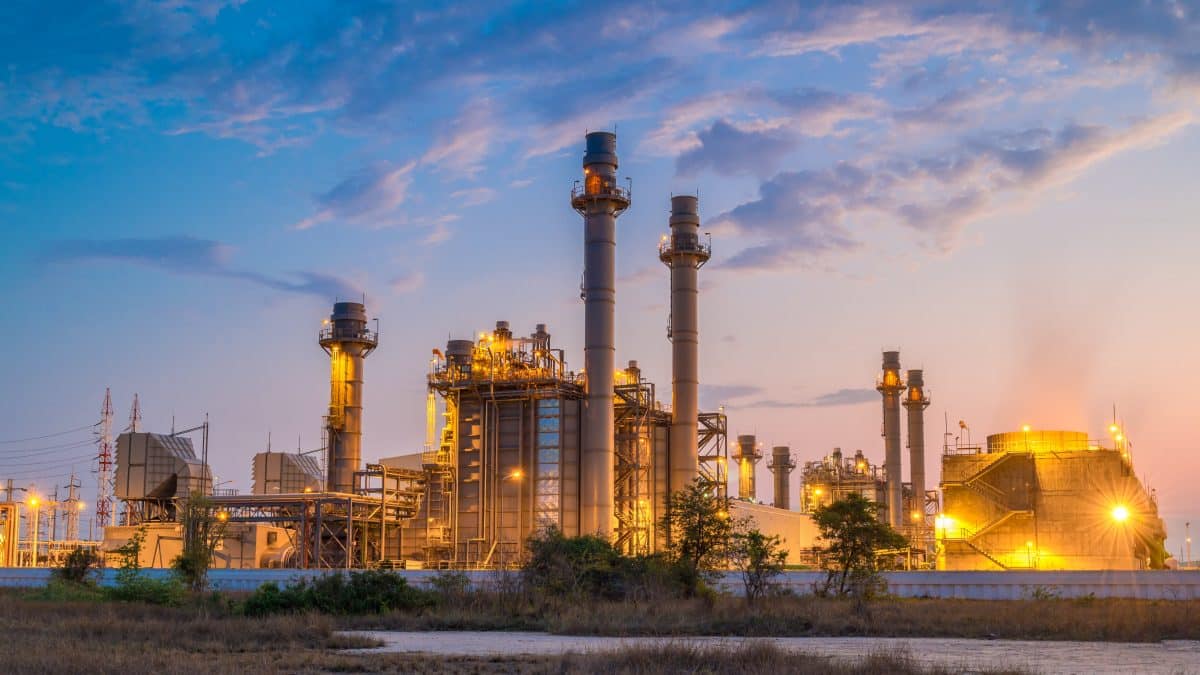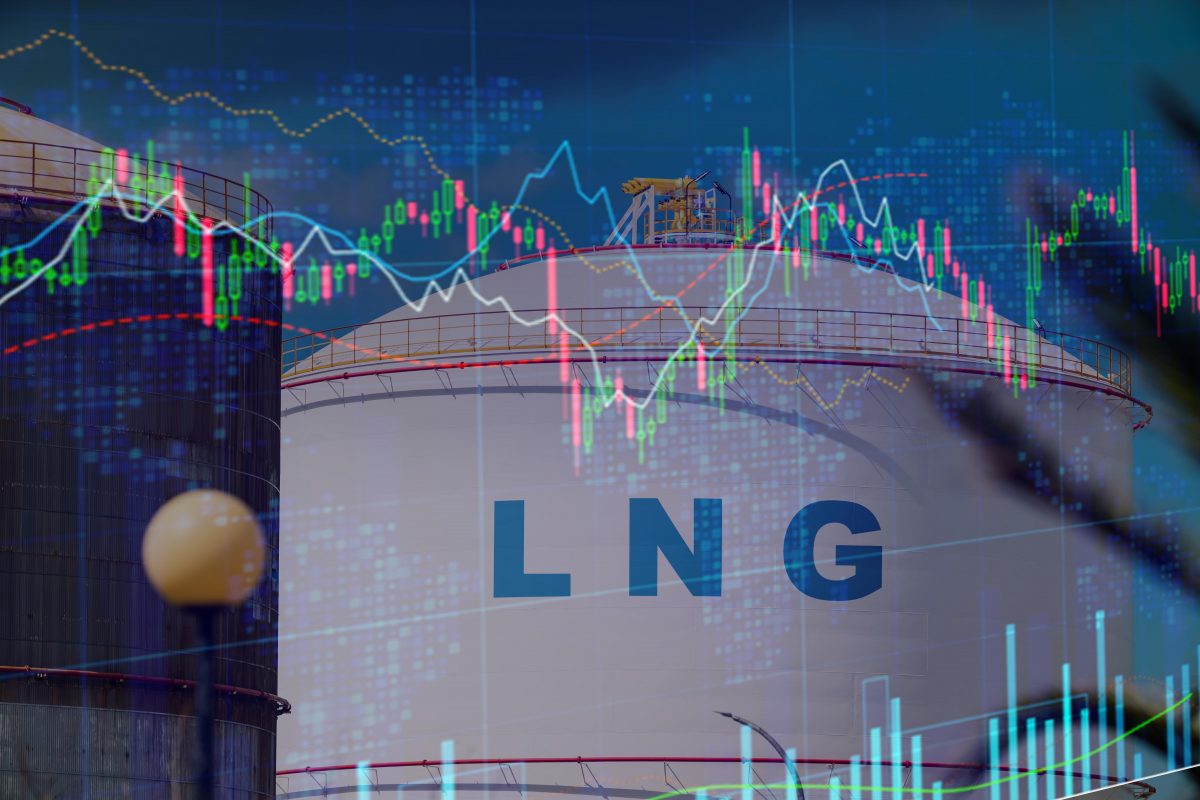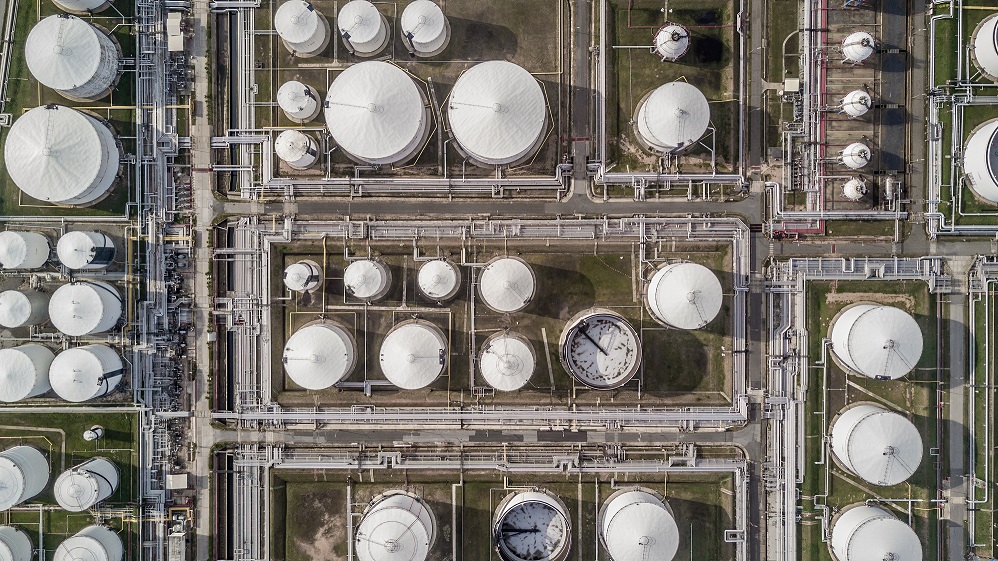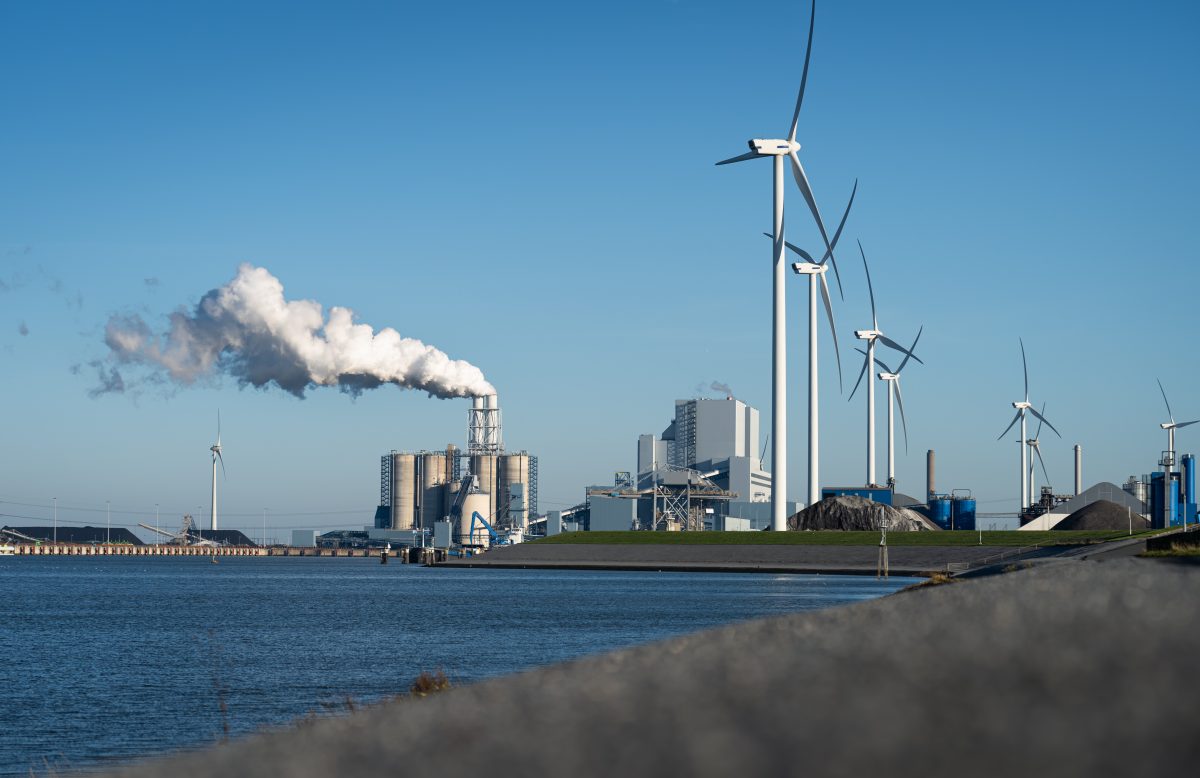Ireland’s largest bulk port Shannon Foynes and the Port of Rotterdam have signed an agreement on developing a supply-chain corridor for exporting green hydrogen and renewable fuels into Europe generated from the west of Ireland’s offshore wind power.
Green hydrogen produces energy through electrolysis of water while eliminating emissions by using renewable energy.
The agreement will focus on market and trade development for what are expected to be large volumes of green hydrogen and its derivatives produced at a planned international green energy hub on the Shannon Estuary. Irish offshore wind has potential to generate 80 gigawatts of green electricity; over 10 times Ireland’s current national requirement.
The memorandum of understanding signed by the ports identifies significant volumes of green hydrogen, commencing with proof-of-concept volumes by 2030.
Europe’s green hydrogen strategy for 2030 is to import 10 million tonnes of renewable hydrogen by 2030 for use in heavy industry and transport sectors that are traditionally reliant on coal, natural gas and oil. Rotterdam intends to facilitate volumes of 40 million tonnes from across the world by 2050; a significant proportion of which can come from the Atlantic resource. Backed by the Dutch government, it is already investing heavily in hydrogen infrastructure including investing more than €4 billion in electrolysers though a hydrogen market is in its infancy.
The agreement will explore further opportunities with interested and suitable commercial parties. It also provides for engaging relevant public stakeholders to support the initiative on potential supply of green hydrogen and its derivatives, such as ammonia, and methanol, as well as sharing best practice information on desalination; high-voltage electricity, industrial clustering around hydrogen and “green ship bunkering processes”.
The two ports may also work on market development and jointly finding customers from Ireland. These would include the maritime fuels sector, sustainable aviation fuels, green fertiliser and facilities with direct green hydrogen fuel requirements such as the steel industry.
René van der Plas, international director at the Port of Rotterdam, said it was already Europe’s leading energy hub “and recognises the significance and opportunity for all European citizens and industries arising from the green transition … hydrogen is one of our priorities and we are working hard towards establishing infrastructure, facilities and partnerships that will help deliver on this.
“This agreement with Shannon Foynes port is one such partnership and can support our efforts to set up supply chain corridors for the import of green hydrogen into northwest Europe from countries elsewhere with high potential for green and low carbon hydrogen production,” he added.
Shannon Foynes Port Company chief executive Patrick Keating said: “With the largest wind resource in Europe off our west coast we have the opportunity to become Europe’s leading renewable energy generation hub. That will deliver transformational change for Ireland in terms of energy independence and an unprecedented economic gain in the process.”
Ireland could become a very significant contributor to REPowerEU, Europe’s plan to end reliance on fossil fuels, he added.
“We can produce an infinite supply of renewable energy here, and there are already a number of routes to market emerging for that energy. This agreement with the Port of Rotterdam is a key step towards enabling that. The Port of Rotterdam already works on introducing the fuels and feedstocks of the future with major oil and gas companies and its broader port community of over 3,000 commercial companies.”
With a port area over 40km and a throughput 467 million tonnes of freight a year, Rotterdam is Europe’s largest port.
Shannon Foynes Port Company, Ireland’s deepest sheltered commercial harbour and largest bulk port company, has statutory jurisdiction over all marine activities on a 500km2 area on the Shannon Estuary, which with depths of up to 32m and a handling capacity for large vessels up to 200,000 deadweight tonnes is among the deepest ports in Europe.
Meanwhile ESB Networks has lodged a planning application for its first major hydrogen project in Cork which it believes will play a “critical role” in Ireland achieving net-zero in the coming years. Papers were lodged with Cork County Council earlier this month for the development at the existing ESB generating station at Aghada in Cork Harbour. While this is only a “small-scale generation project”, it said it would be the first step in its wider plans to create a “hydrogen lighthouse around Ireland”.
By The Irish Times / Kevin O’Sullivan -January 29, 2024

